A continuous passive motion device for knee rehabilitation that can be used in a seated position
Rehabilitation Engineering Design Projects
as part of senior design at UNC
CompressX
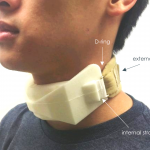
A set of tools for rehabilitation from neck burns, including a new type of compressive collar and a mobile app to track recovery by providing quantitative data on neck curvature and range of motion.
Pelvic Balancer
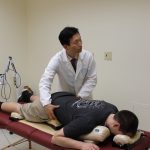
A force measurement system to provide feedback on patient positioning in a pelvic balancer system
The Final Stretch
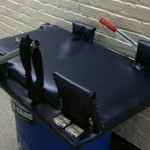
A device to help patients in the Burn Center at UNC to perform stretching exercises. This will help to increase and maintain their range of motion in their shoulder joint.
Motivational System to Build Upper Body Strength in Children
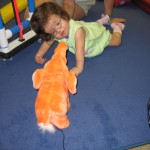
A device that provides motivational feedback when the client pushes up from a prone position. This encourages them to sustain this task, which helps develop upper body strength and posture control.
Supine Leg Excerciser
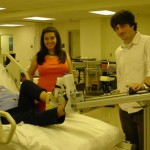
An exercise device help maintain leg strength for individuals in bed for extended periods.
Hearing Loss Simulator

A computer program that modifies a sound clip based on a child’s audiogram. This enables the parent or caregiver to “hear” as their child hears, and better understand the extent of the child’s hearing loss.
Tracking Device for People with Visual Impairments
A tracking device to help train the user to track objects through a larger field of view.
Rowing Motion Counting Device
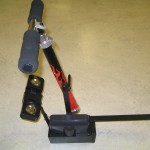
This device is a counting game that also helps the client develop strength in his arms. The device counts in response to pulling and pushing a lever arm in a pattern similar to a rowing motion. It is attached to his wheelchair.

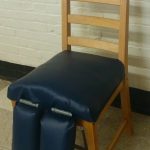
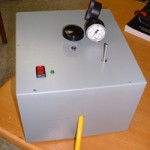
University Operator: (919) 962-2211 | © 2024 The University of North Carolina at Chapel Hill |